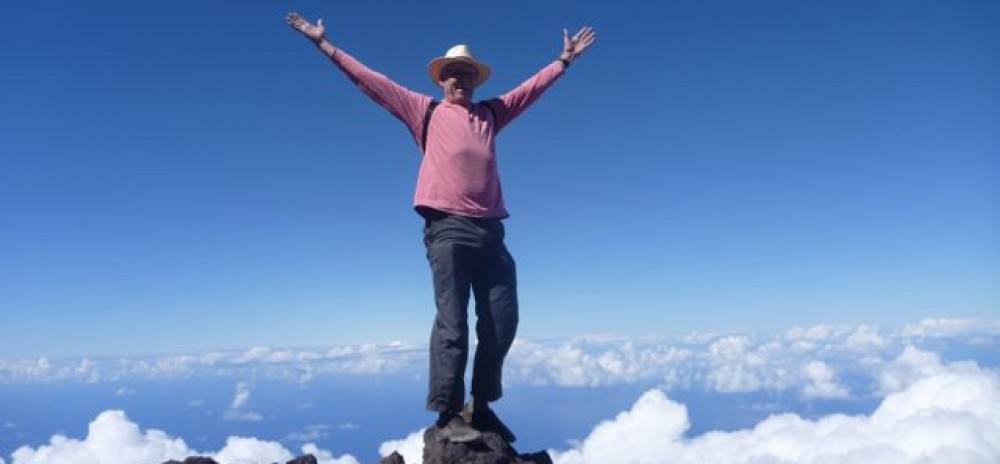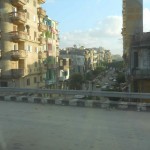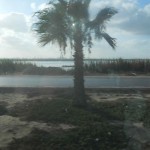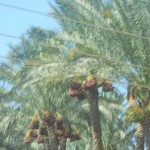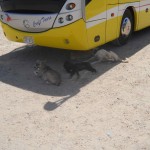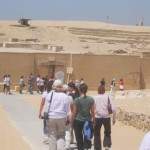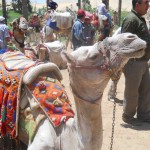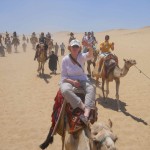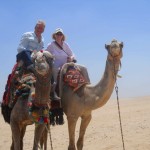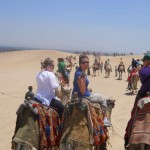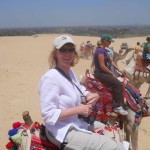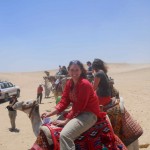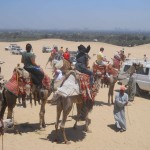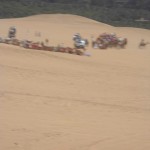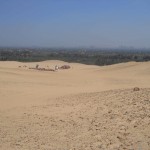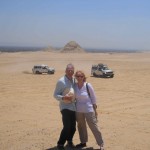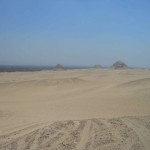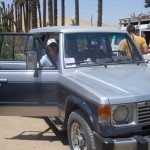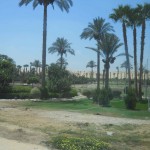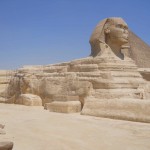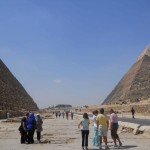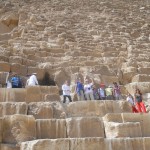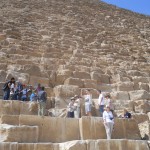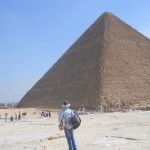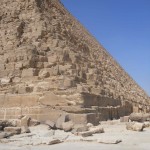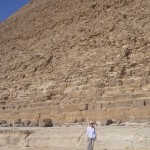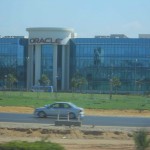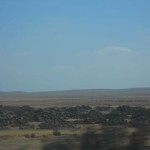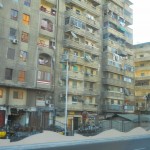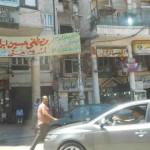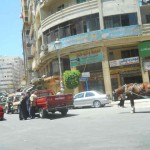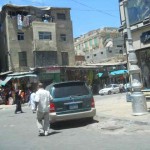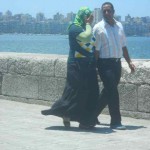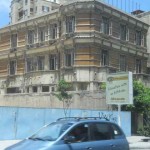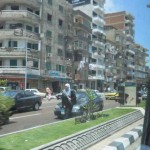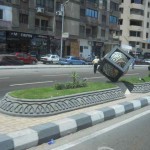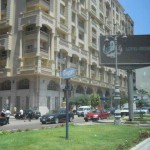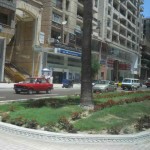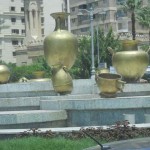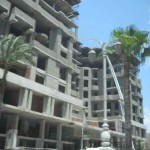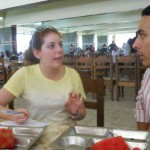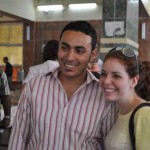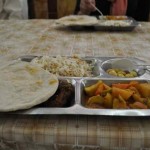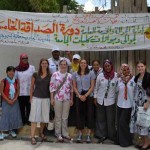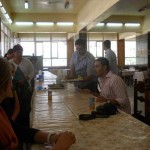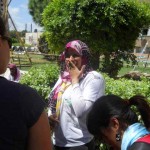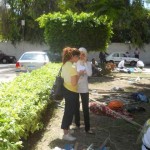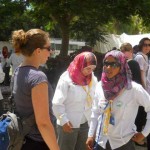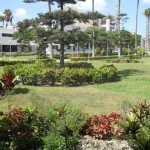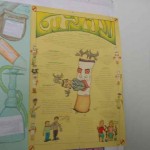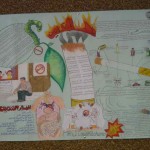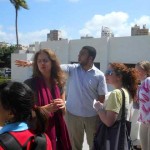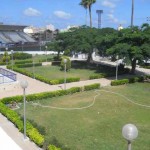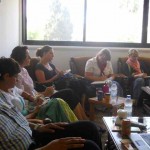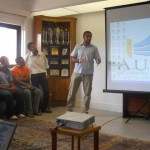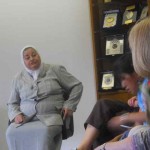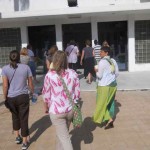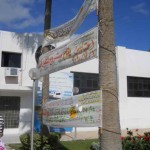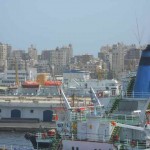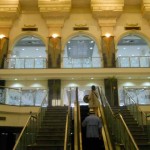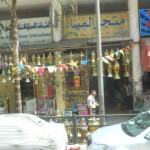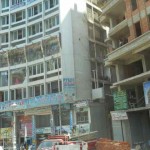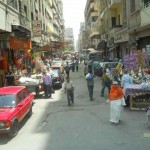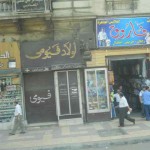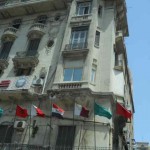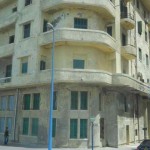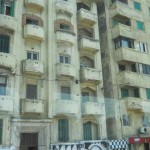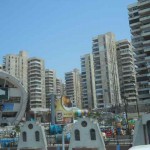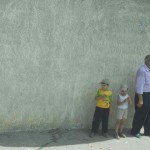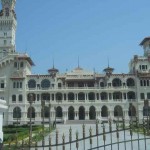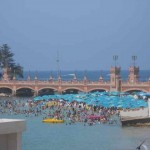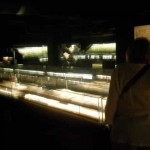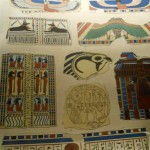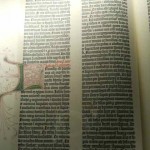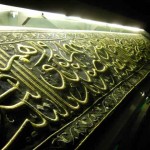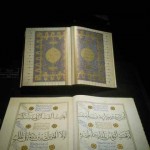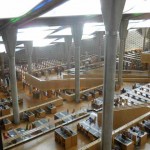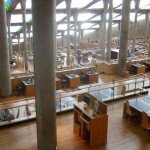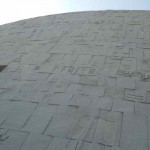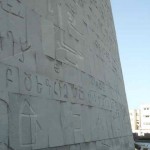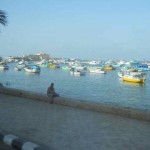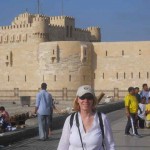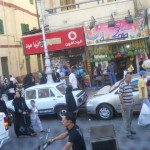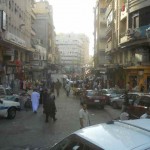Thursday, July 29th.
Thursday morning we boarded busses for the ride to Giza. Giza was once a small peasant village adjoining the pyramid field. Now it is part of Cairo as the two grow towards each other. There are 3 main pyramids at Giza in which were interred three successive pharaohs, Khufu, Khafre and Menkaure. While Egypt has uncovered well over 100 pyramids, these are the most significant.
The ride from Alexandria to Giza is about 3 hours. Our bus deposited us in a parking area about 100 meters from the Great Pyramid of Khufu. The Great Pyramid of Khufu is the only one of the Seven Wonders of the Ancient World still remaining. It is still the tallest pyramid in the world. (According to wikipedia, Great Pyramid of Cholula, in the Mexican state of Puebla is largest by volume).
So, they are impressive. It was hot-hot-hot, and you are standing on a rock plateau. And these monuments are BIG. And you try to imagine what they looked like when they were smooth, white limestone exteriors. And it is awesome, but you do have to think about the labor, and the reason. Making sure these leaders successfully get to the other world. But it would be better to build a just, sustainable, happy culture. And maybe that has happened. But it doesn’t last as long and is harder to see. So we think, maybe we should be building something like this. Hey, let’s build some playgrounds and hospitals.
Back on the bus. Now we head to a “country club” on the edge of the desert outside Giza. We hop into some 4-wheel-drive cars and BOUNCE out across the desert. This is meant to be fun-like-a-roller-coaster, but I was in the jump seats in the back and bouncing off the roof. I think it would have been a LOT more fun to drive a motocross bike out there! After the measured dose of bouncing we got out and were greeted by our camels and drivers. We mounted up and rode ½ hour back to the club. The camels were well behaved, the drivers were fine, and the length was about right. Long enough to enjoy the sand landscape but not too long in the sun.
After lunch we drove to Saqqara, a vast, ancient burial ground in Egypt, serving as the necropolis for the Ancient Egyptian capital, Memphis. Saqqara features numerous pyramids, including the world famous Step pyramid of Djoser. Djoser’s funerary complex was built by the royal architect Imhotep. And if you haven’t seen Bubba Ho-tep , get it, see it.
OK Back on the bus. Back to the ship.
- Back to the city
- Heading back. Date palms almost in fruit.
- Any shade is valuable
- Sakkara
- Ah… a caravan
- Our 4wd desert buggy
- Country Club
- The Sphinx standing guard
- Pyramids of Giza
- Yep. ORACLE.
- Leaving Alexandria
